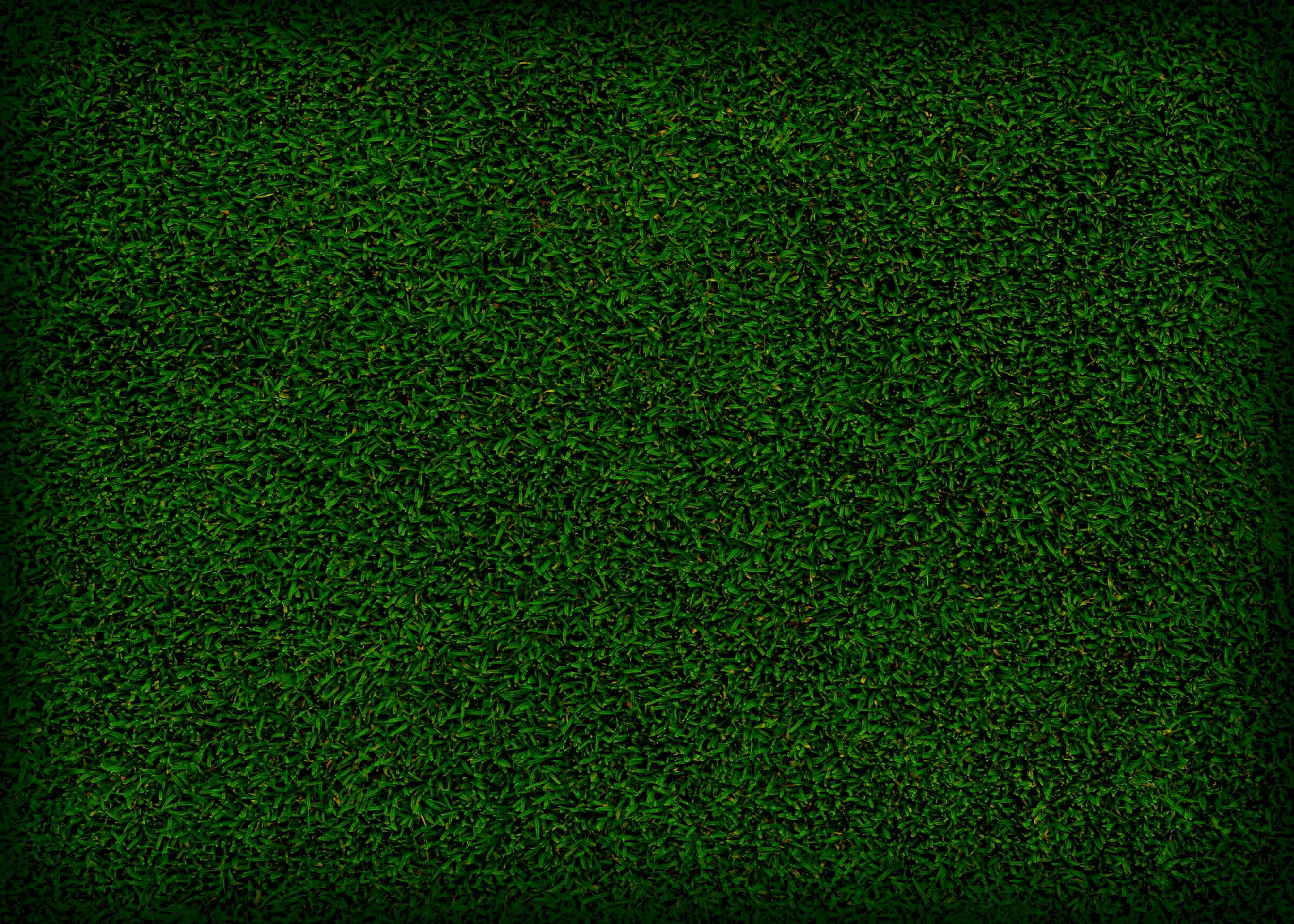- Does your lower back hurt while playing golf?
- Are you pain free during your game, but later that day, or even the next day, your back starts to hurt?
- Is your pain making you feel old before your time?
Lower back pain is by far the most common ailment suffered by golfers of all ages.
Here at the Golf Injury Clinic we perform a comprehensive physical examination to see whether you have any limitations in mobility, stability, or balance. This exam helps determine any potential risk factors for common golf injuries.
Potential causes are:
- Muscle strain
- Internal disc disruption/herniation
- Joint degeneration
Golfers have been plagued with lower back pain for decades. Many well-known professional golfers, such as Jack Nicklaus and Fred Couples and more recently Tiger Woods have been afflicted by back pain.
If the professional golfer, who has excellent swing mechanics and is physically fit can have lower back problems, then the recreational golfer is certainly not immune to these problems.
The professional golfer tends to develop low back pain from overuse, while the recreational golfer develops low back pain from sporadic play, poor swing mechanics, or a poor physical fitness level.
Understanding why it happens
- The lower back is rarely the original cause of the pain. It may be the current source of the pain, but it’s rarely the cause of the pain.
- More often than not, abnormal movements coming from other parts of your body force the low back to do excessive work until it can no longer cope. In other words, your lower back is usually the area that is being overworked to the point of injury.
- Correct posture, balance, flexibility, and strength are important in golf. These things work together to support good swing mechanics and a correct golf stance. Developing good posture, balance, flexibility and strength can also lead to reduced back pain.
- Weekend golfers who have poor swing mechanics lack fitness or who do not warm-up correctly are more likely to injure themselves.
- Poor swing technique causes strain on the lower back. Golfers with poor swing mechanics tend to swing harder, causing larger spinal loads and increased muscle activity, resulting in more stress.
- Taking golf lessons to learn the correct mechanics can help prevent low back pain.
- An exercise program for the full body will strengthen and increase trunk, buttock and lower extremity flexibility.
- Walking is a great exercise for increasing muscle endurance and delaying the onset of muscle fatigue – one of the primary causes of injury. It is also important to know your physical capabilities.
- A weekend golfer with poor physical fitness should not try to play longer or harder than his or her body can handle. As fatigue sets in, so do poor mechanics, leading to stiffness in the spine and resulting in lower back pain.
- Golf can be enjoyed with less chance of lower back pain through a good fitness programme during the week, use of proper swing mechanics and warm-up exercises before tee off.
Golfers with degenerative disc disease or arthritis in the lumbar spine are more susceptible to overloading their spines. The discs lose their shock-absorbing capabilities and the loads are transferred to other structures within the spine that are unable to withstand these forces.

